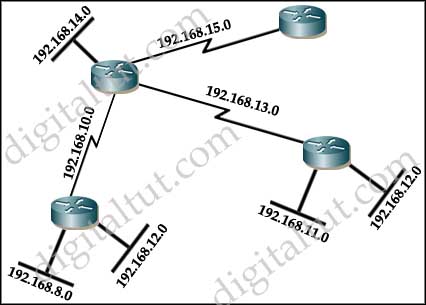Operations Questions 2
Here you will find answers to Operation questions
Question 1
The Cisco ASA 500 Series Security Appliances are built specifically for businesses with less than 100 employees. What are three important benefits of this device? (Choose three)
A. business-grade firewall
B. premium support via SMART net
C. site-to-site VPN for remote offices
D. Cisco IOS software-based
E. email security
F. XML support
Answer: A C E
Question 2
Refer to the exhibit. Which interoperability technique implemented on the router would allow Host-1 to communicate with Host-2?

A. Dual Stack
B. NAT-PT
C. 6to4 tunnel
D. GRE tunnel
E. ISATAP tunnel
Answer: B
Question 3
Which of the following NSAP addresses is a private, locally administered address?
A. 39.0f01.0002.0000.0c00.1111.00
B. 48.0f01.0002.0000.0c00.1111.00
C. 49.0004.30ac.0000.3090.c7df.00
D. 52.0f01.0002.0000.0c00.1111.00
Answer: C
Explanation
Network Service Address Point (NSAP) address is the equivalent of an IP address for an OSI network; A NSAP address is a hexadecimal address with a length of up to 40 hexadecimal digits. NSAP addresses are used in ATM and IS-IS.
Note: NSAP addresses are not present anymore in ROUTE exam, only old BSCI exam had it so we will not mention them much here. Maybe this question is old and you will not see it in ROUTE exam.
Question 4
How is network layer addressing accomplished in the OSI protocol suite?
A. Internet Protocol address
B. Media Access Control address
C. Packet Layer Protocol address
D. Network Service Access Point address
E. Authority and Format Identifier address
Answer: D
Explanation
Network Service Address Point (NSAP) address is the equivalent of an IP address for an OSI network; A NSAP address is a hexadecimal address with a length of up to 40 hexadecimal digits. NSAP addresses are used in ATM and IS-IS.
Question 5
Which routing protocol will continue to receive and process routing updates from neighbors after the passive-interface router configuration command is entered?
A. EIGRP
B. RIP
C. OSPF
D. IS-IS
Answer: B
Explanation
Unlike OSPF and EIGRP, RIP still receives and proceeds routing updates from neighbors even if the “passive-interface” command is configured on that router.
Question 6
Given the network diagram, which address would successfully summarize only the networks seen?

A. 192.168.0.0/24
B. 192.168.8.0/20
C. 192.168.8.0/21
D. 192.168.12.0/20
E. 192.168.16.0/21
F. These networks cannot be summarized.
Answer: C


